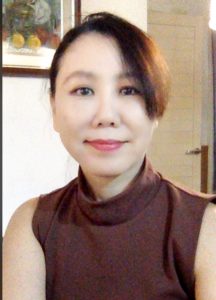A strange harmonica. I don't see many materials about harmonica player Hugo Diaz in Japan. Anyway, I wanted to find out what interested me. If I could share what I was interested in, I would think that the world would expand again.
Childhood
Diaz was born into a poor family in the small town of Santiago del Estero. When I was five years old, when I hit a soccer ball, I lost my eyesight and started playing harmonicas. Two years later, after surgery restored his eyesight, he was already playing regularly on local radio.
I often
see blind musicians, but it was a time in my childhood.Hugo Diaz as harmonica play
erDiaz made his debut in Buenos Aires, cherishing his old friends, including the Avalos brothers and percussionist Domingo Cura, who were successful musicians but recorded many times. In 1944, a series of record deals were signed with Odeon Records, TK Records, Jockey and later RCA Records. He is mainly known for his tango playing, but his music is influenced, among other things, by the provincial folk music he grew up with: chakalella, samba and milonga campera.
During his European tour in 1953, D
iaz met two famous Harmonica players in Belgium, Larry Adler and Toots Sealmans.He also performed with Louis Armstrong and Oscar Peterson in the US and with Renata Tébardi and Mario del Monaco in La Las Cala in Milan.
Diaz recorded the most important part of his tango music legacy in the 1970s. His first three albums (Hugo Diaz en Buenos Aires) were not recorded until 1972, 1973 and 1974, and in 1975 he created his last tango album (HugoDíazpara Gaardel40 Años Despues).
He died on October 23, 1977.
And here was another time when Diaz lived, and soon there was Astra Piazzolla in Argentina. Piazzolla 1921-1992. Diaz was the life of 1927-1977.
I won't go into details about Pia
zzolla here, but during their childhood, a lot of band neon was exported from Germany in Argentina.Speaking of Piazzo
lla, I think tango music comes to mind first. Argentina. Tango was dancing first and music was taken in there. The format and organization changed over time, but I can imagine that there was a multi-sense childhood at a time when lead instruments such as harmonicas and band neon were in the limelight. I wondered if they had got on the wave of that era.Thank you for reading this far. We p
lan to continue to supplement what we have noticed.* Hugo Diaz's information doesn't seem to be so much in Argentina, but there is a movie called "A los Cuatro Vientos", which seems to be a movie in pr aise of him (in Spanish).
aise of him (in Spanish).
HITOCO